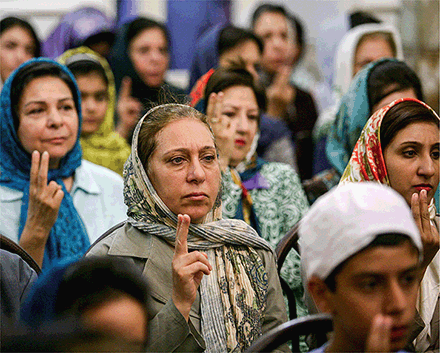Near Eastern genomes from Iran
The genetic composition of populations in Europe changed during the Neolithic transition from hunting and gathering to farming. To better understand the origin of modern populations, Broushaki et al. sequenced ancient DNA from four individuals from the Zagros region of present-day Iran, representing the early Neolithic Fertile Crescent. These individuals unexpectedly were not ancestral to early European farmers, and their genetic structures did not contribute significantly to those of present-day Europeans. These data indicate that a parallel Neolithic transition probably resulted from structured farming populations across southwest Asia.
Abstract
We sequenced Early Neolithic genomes from the Zagros region of Iran (eastern Fertile Crescent), where some of the earliest evidence for farming is found, and identify a previously uncharacterized population that is neither ancestral to the first European farmers nor has contributed substantially to the ancestry of modern Europeans. These people are estimated to have separated from Early Neolithic farmers in Anatolia some 46,000 to 77,000 years ago and show affinities to modern-day Pakistani and Afghan populations, but particularly to Iranian Zoroastrians. We conclude that multiple, genetically differentiated hunter-gatherer populations adopted farming in southwestern Asia, that components of pre-Neolithic population structure were preserved as farming spread into neighboring regions, and that the Zagros region was the cradle of eastward expansion.







